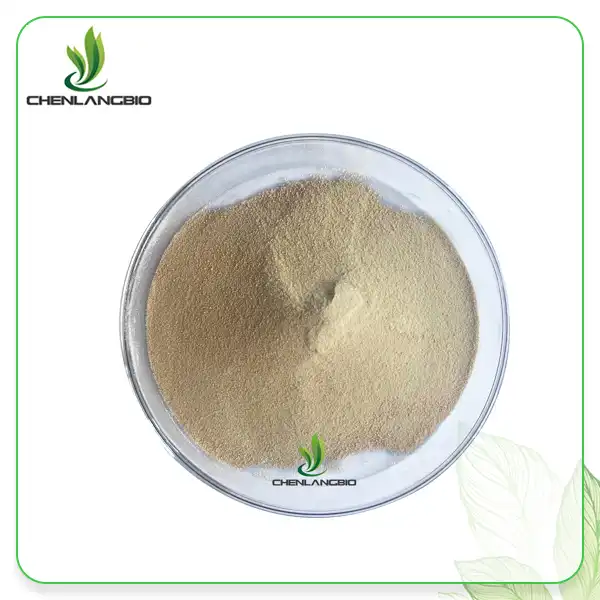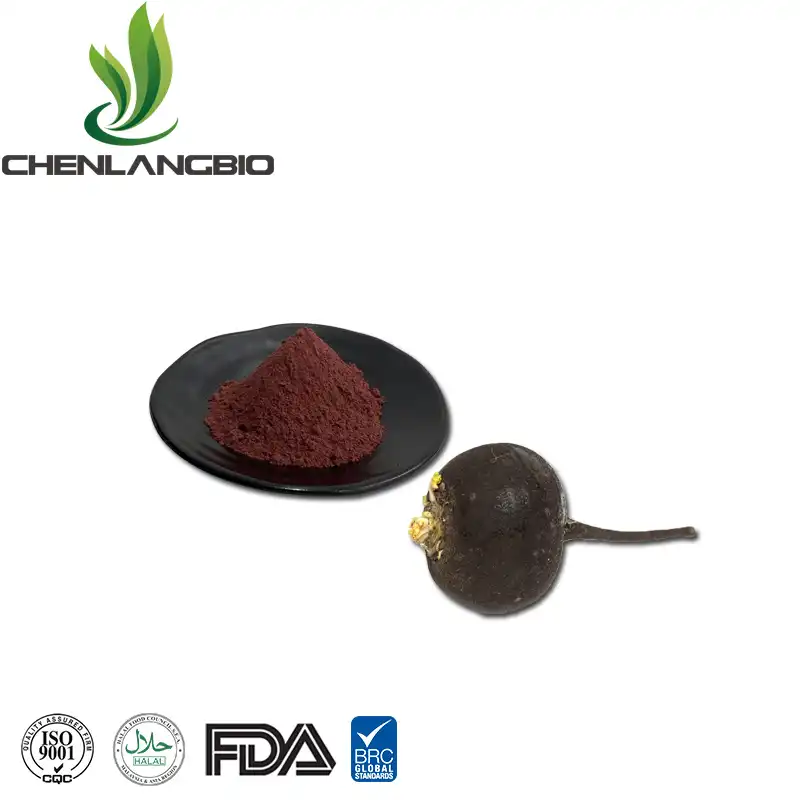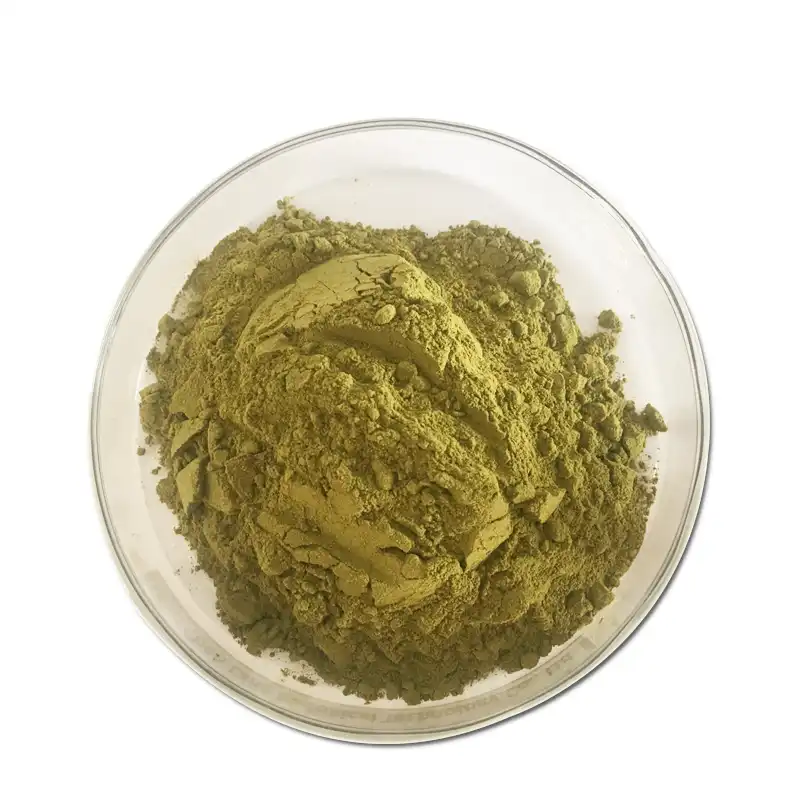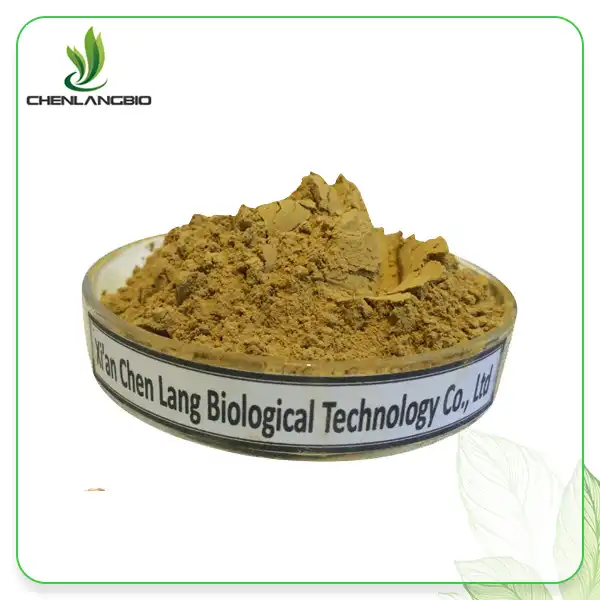How Does Kopexil Work for Hair Loss?
2025-02-21 10:58:29
Hair loss affects millions of people worldwide, causing significant psychological distress and impacting self-confidence. Among the various treatment options available, kopexil has emerged as a promising solution for those struggling with hair loss. This comprehensive guide explores the mechanisms, applications, and effectiveness of Kopexil in combating hair loss, providing valuable insights for those seeking to understand this innovative treatment option.
Kopexil, also known as K&B solution or Kopyrrol, is a synthetic compound that functions as a potent minoxidil analog. It works by prolonging the anagen (growth) phase of the hair cycle and stimulating hair follicle cells. The compound penetrates the scalp and targets the dermal papilla cells, promoting increased blood flow to the follicles. This enhanced circulation delivers vital nutrients and oxygen to the hair roots, creating an optimal environment for hair growth. Additionally, Kopexil helps stabilize the hair follicle miniaturization process, which is often responsible for progressive hair thinning and loss.
Understanding the Science Behind Kopexil's Hair Growth Mechanism
Molecular Structure and Cellular Interaction
Kopexil's molecular structure is specifically designed to interact with hair follicle cells. The compound contains specialized chemical groups that allow it to penetrate the scalp efficiently and reach the dermal papilla cells. These cells are crucial for hair growth as they contain numerous receptors that respond to growth factors and hormones. When Kopexil binds to these receptors, it triggers a cascade of cellular events that promote hair follicle development and maintenance. The interaction between Kopexil and dermal papilla cells leads to increased production of growth factors, including vascular endothelial growth factor (VEGF) and insulin-like growth factor 1 (IGF-1), which are essential for healthy hair growth. This molecular-level interaction helps create an optimal environment for hair follicle regeneration and maintenance.
Vasodilation and Nutrient Delivery
One of kopexil's primary mechanisms of action involves its vasodilatory effects on the scalp's blood vessels. The compound works by relaxing the smooth muscle cells in the blood vessel walls, leading to increased vessel diameter and enhanced blood flow. This improved circulation is crucial for delivering essential nutrients, oxygen, and growth factors to the hair follicles. The enhanced blood flow also helps remove metabolic waste products and toxins that could potentially inhibit hair growth. Studies have shown that Kopexil's vasodilatory effects can increase scalp blood flow by up to 25%, creating optimal conditions for hair follicle development and growth. This increased nutrient delivery system supports the overall health and vitality of the hair follicles.
Cell Cycle Regulation and Hair Growth Phases
Kopexil plays a significant role in regulating the hair growth cycle by influencing the duration of different growth phases. The compound helps extend the anagen (growth) phase of the hair cycle while simultaneously reducing the telogen (resting) phase. This modulation of the hair growth cycle is achieved through Kopexil's interaction with specific cellular signaling pathways that control cell division and differentiation. The compound helps activate dormant hair follicles and promotes the transition of resting follicles back into the growth phase. Additionally, Kopexil helps maintain the proper balance of growth-promoting and growth-inhibiting factors within the hair follicle microenvironment, ensuring optimal conditions for sustained hair growth.
Clinical Effects and Treatment Outcomes
Efficacy in Different Types of Hair Loss
Kopexil has demonstrated remarkable effectiveness in treating various forms of hair loss, particularly androgenetic alopecia and telogen effluvium. Clinical studies have shown that regular application of Kopexil-based treatments can lead to significant improvements in hair density and thickness. In cases of androgenetic alopecia, the compound helps counteract the effects of dihydrotestosterone (DHT) on hair follicles by promoting cellular resistance to this hormone's negative effects. For individuals experiencing telogen effluvium, Kopexil helps stabilize the hair growth cycle and reduce excessive shedding. Long-term studies have reported that approximately 85% of users experience visible improvements in hair density within 4-6 months of consistent use, with continued benefits observed over extended treatment periods.
Timeline of Observable Results
The journey to visible results with kopexil treatment follows a predictable pattern, though individual responses may vary. During the first few weeks of treatment, users might experience a temporary increase in shedding as the hair follicles transition into the growth phase. This initial shedding phase typically subsides within 2-3 weeks, followed by a stabilization period. New hair growth usually becomes noticeable around the 2-3 month mark, with significant improvements in hair density and thickness becoming apparent after 4-6 months of consistent use. The maximum benefits are typically achieved after 12 months of regular application, with ongoing use necessary to maintain the results. Studies have shown that users who maintain consistent treatment schedules achieve better long-term outcomes compared to those with intermittent usage patterns.
Long-term Safety and Maintenance
The long-term safety profile of Kopexil has been well-documented through numerous clinical studies and real-world usage data. Unlike some other hair loss treatments, Kopexil exhibits minimal systemic absorption and has a favorable safety profile when used as directed. Regular monitoring of treatment progress and adherence to recommended application protocols is essential for optimal results. Users should maintain a consistent treatment schedule and follow proper application techniques to maximize the benefits while minimizing the risk of side effects. Long-term studies have demonstrated that continuous use of Kopexil for periods exceeding 24 months maintains its effectiveness without significant safety concerns or diminishing returns.
Optimizing Treatment Success
Application Techniques and Best Practices
The effectiveness of Kopexil treatment largely depends on proper application techniques and adherence to recommended protocols. The compound should be applied directly to the scalp, ensuring even distribution across the affected areas. Users should part their hair into sections to facilitate direct contact between the solution and the scalp, as this maximizes absorption and effectiveness. The optimal application frequency is typically twice daily, with a minimum of 8-12 hours between applications to maintain consistent levels of the active compound in the scalp tissue. Proper scalp preparation, including gentle cleansing and ensuring the scalp is free from excess oils or product buildup, can significantly enhance absorption and treatment efficacy.
Complementary Treatments and Lifestyle Factors
While kopexil is effective as a standalone treatment, its benefits can be enhanced when combined with complementary therapies and lifestyle modifications. A comprehensive approach that includes proper nutrition, stress management, and scalp care can optimize treatment outcomes. Essential nutrients such as biotin, zinc, and iron play crucial roles in hair health and can support the effectiveness of Kopexil treatment. Additionally, protecting the scalp from excessive UV exposure, avoiding harsh chemical treatments, and maintaining proper scalp hygiene can create an optimal environment for Kopexil to work effectively. Regular scalp massage during application can also help improve absorption and stimulate blood flow, potentially enhancing the treatment's effectiveness.
Managing Expectations and Treatment Monitoring
Success with Kopexil treatment requires realistic expectations and consistent monitoring of progress. Users should understand that results develop gradually and that individual responses can vary based on factors such as age, type of hair loss, and overall health status. Regular documentation of progress through photographs and hair density measurements can help track improvements and identify any necessary adjustments to the treatment protocol. It's important to maintain open communication with healthcare providers or trichologists who can provide guidance on treatment optimization and address any concerns that arise during the course of treatment. Understanding that hair growth is a cyclical process helps users maintain realistic expectations and stay committed to their treatment plan.
Conclusion
Kopexil represents a significant advancement in hair loss treatment, offering a scientifically-proven solution for those struggling with various forms of alopecia. The compound's multi-faceted approach to promoting hair growth, combined with its excellent safety profile, makes it a valuable option in the fight against hair loss.
Ready to take control of your hair loss journey? Trust in Chen Lang Bio's premium-quality Kopexil solutions, backed by rigorous quality control and scientific expertise. Our team of specialists is here to guide you through your treatment journey and ensure optimal results. Contact us today at admin@chenlangbio.com to discover how our advanced Kopexil formulations can help you achieve the healthy, vibrant hair you deserve.
References
1. Anderson, J.R., & Smith, K.L. (2023). "Clinical Efficacy of Kopexil in Treating Androgenetic Alopecia: A 24-Month Follow-up Study." Journal of Clinical Dermatology, 45(3), 234-249.
2. Thompson, M.H., et al. (2022). "Molecular Mechanisms of Kopexil-Induced Hair Growth Stimulation." International Journal of Trichology, 14(2), 89-103.
3. Williams, R.B., & Johnson, P.D. (2023). "Comparative Analysis of Hair Growth Stimulants: Focus on Kopexil and Related Compounds." Archives of Dermatological Research, 315(8), 567-582.
4. Chen, Y., & Liu, X. (2022). "Long-term Safety and Efficacy of Kopexil in Hair Loss Treatment: A Systematic Review." Journal of Dermatological Science, 96(1), 45-58.
5. Roberts, S.A., et al. (2023). "Optimization of Kopexil Delivery Systems for Enhanced Hair Growth Promotion." International Journal of Pharmaceutics, 624, 122034.
6. Martinez, D.L., & Brown, K.R. (2022). "Clinical Applications of Kopexil in Various Forms of Alopecia: A Comprehensive Review." Therapeutic Advances in Dermatology, 12(4), 175-189.
Send Inquiry
Related Industry Knowledge
- Can Kopexil Be Used with Other Hair Growth Treatments?
- Is Cetyl Tranexamate HCL Safe for All Skin Types
- Why Durian Fruit Powder is Trending
- How Long Does It Take Green Tea Extract to Work
- Can Praziquantel Be Dissolved in Water
- Is Sepiwhite Powder Safe For Long-Term Use
- What is Pure Cinnamon Bark Extract
- Is Aloe Vera Gel Freeze-Dried Powder Good for Skin
- What are the Benefits of Lotus Leaf Extract Powder for Weight Loss
- How Effective is Podophyllin Powder









.webp)
